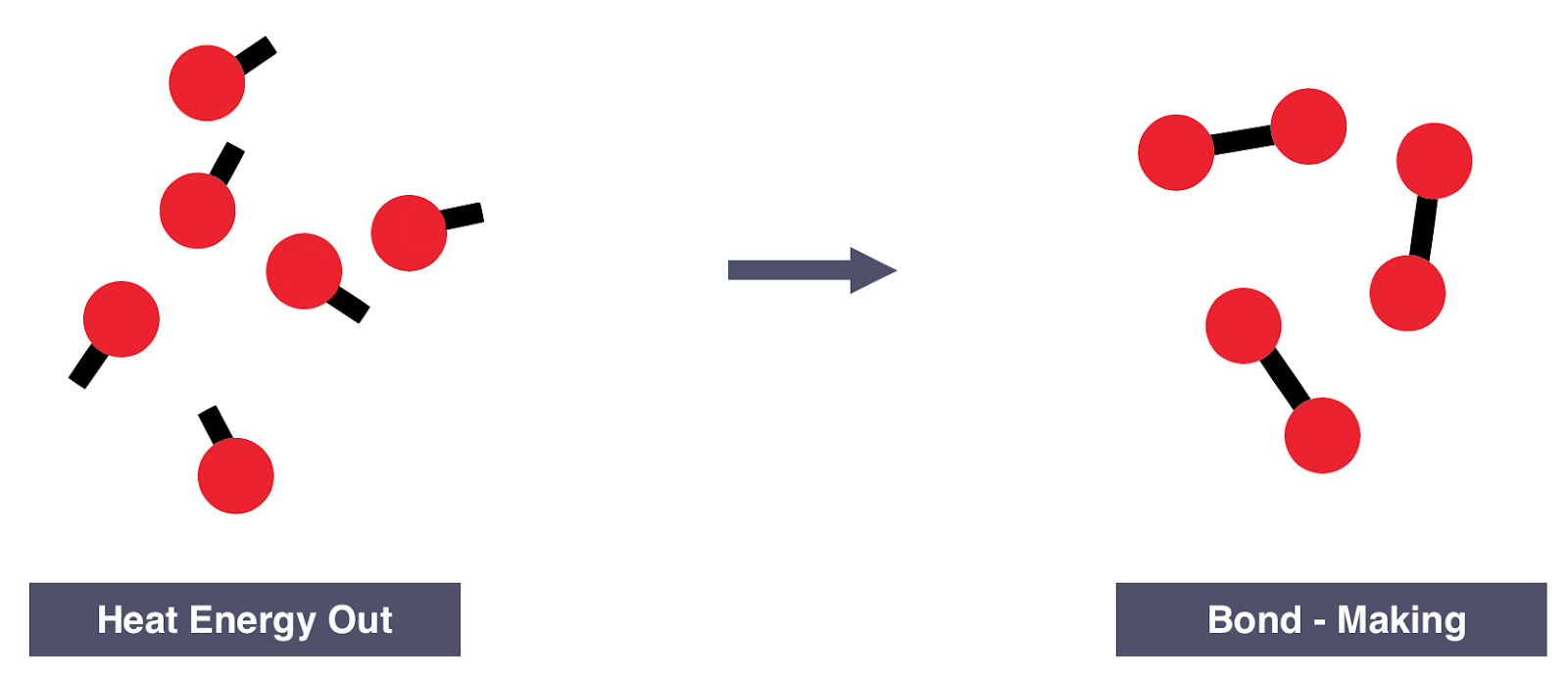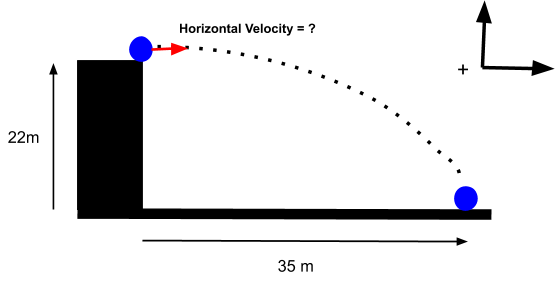What is Genetics?
Genetics is the study of how various traits are passed down generations. Traits are determined by the inheritance of genes, units of genetic information found on chromosomes. Humans have a total of 46 chromosomes, 23 inherited from an egg and 23 inherited from a sperm. Of the 46 chromosomes, each person has two sex chromosomes; females have two X chromosomes, while males have an X and Y chromosome. The remaining 44 chromosomes are autosomal: they determine other characteristic traits that are not related to sex. Studying genetic inheritance helps determine causes of aging and diseases, and provide solutions to medical phenomena.
Why Are Brown Eyes More Common Than Blue Eyes?
Two general types of genes determine a person’s traits: dominant and recessive. Pairs of genes interact differently, and therefore cause a variety of physical characteristics. Dominant genes are represented by uppercase letters, and are always expressed. Recessive genes are represented by lowercase letters, and are only expressed when dominant genes are not present. The letters that represent genes are called alleles. A pair of alleles is a genotype, and represents the genes inherited from the parents. Genotypes with two of the same alleles are homozygous, while genotypes with two different alleles are heterozygous. The trait that is expressed is called the phenotype.
For example, we can designate B as the allele for the brown-eyed gene, and b for the blue-eyed gene. Brown eyes are the dominant gene, and blue eyes are the recessive gene. The genotypes, BB and Bb, both would result in brown eyes, while the genotype, bb, would result in blue eyes. The resulting characteristic is the phenotype, brown eyes or blue eyes. Not all traits are inherited in this way; there are multiple types of inheritance that produce a spectrum of phenotypes.
Different Types of Inheritance
- Co-Dominance
When a gene is co-dominant, heterozygous genotypes behave differently. A heterozygous genotype will express both phenotypes simultaneously. For example, a flower may express co-dominance in its colour; they may be only pink (PP), only yellow (YY), or a mixture of both (PY). Note that PY results in a flower that is interspersed with pink and yellow colours.
- Incomplete Dominance
A gene with incomplete dominance is similar to a gene with co-dominance in that both traits are expressed. An intermediate phenotype is expressed in heterozygous genotypes. For example, a flower may also express incomplete dominance in its colour. Flower petals may be red (RR), white (WW), or pink (RW). In this case, the RW flower colour is a combination of red and white: pink.
- Sex-Linked
Traits are considered sex-linked when the gene is located on a sex chromosome, X or Y. As a result, frequency of the characteristic may depend on gender. Males are affected by genes on both chromosomes, while females are only affected by genes on the X chromosome. For example, the gene for hairy ears is located on the Y chromosome. A man with the gene for hairy ears (XYh) can pass on this trait to his son (XYh) through a Y chromosome. His daughter (XX), however, would not inherit a Y chromosome, or his hairy ears. X-linked genes may also be dominant or recessive; a female may or may not have the phenotype, depending on the X chromosomes she inherits from her father and mother.
SchoolTutoring Academy is the premier educational services company for K-12 and college students. We offer tutoring programs for students in K-12, AP classes, and college. To learn more about how we help parents and students in Vancouver, BC: visit Tutoring in Vancouver, BC




